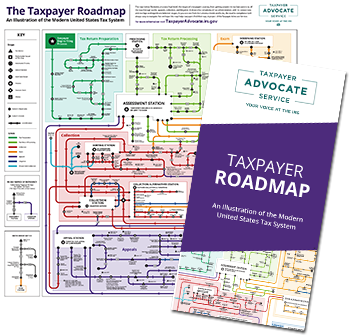You have a balance on your tax account, so the IRS sent you a notice or letter. If the IRS still did not hear from you, it sent you notice that a Notice of Federal Tax Lien was filed and/or a notice of levy or a notice proposing a levy, letting you know how much you owe, when it’s due, how to pay and that you have the right to appeal this action. If the IRS does not hear from you, it will continue with its collection process.
For example, if you have a tax debt, the IRS can issue a levy, which is a legal seizure of your property or assets. It is different from a lien — while a lien makes a claim to your assets as security for a tax debt, the levy takes your property (such as funds from a bank account, Social Security benefits, wages, your car, or your home). For specifics, see Levies and Liens.





